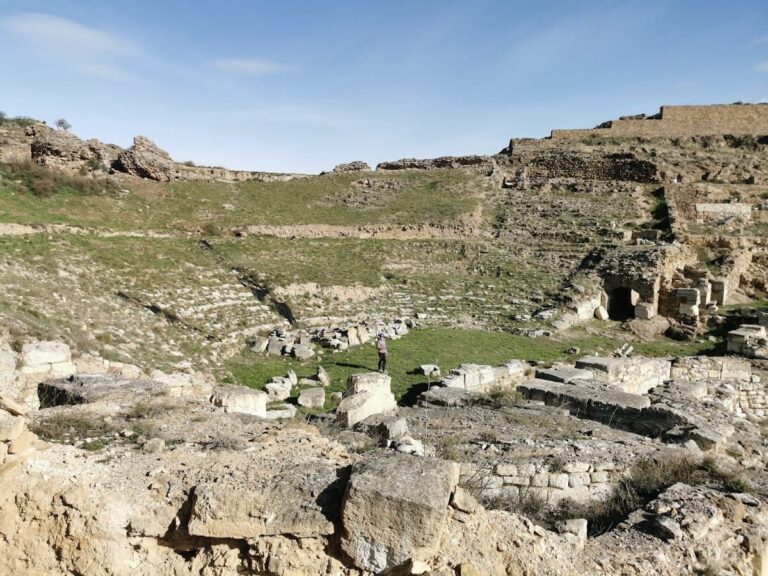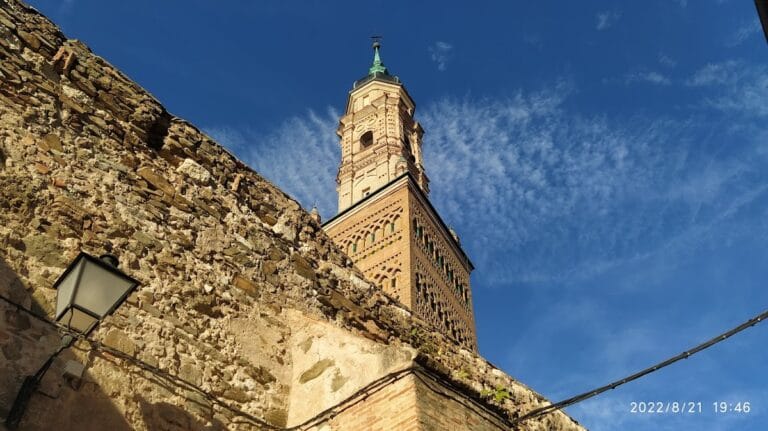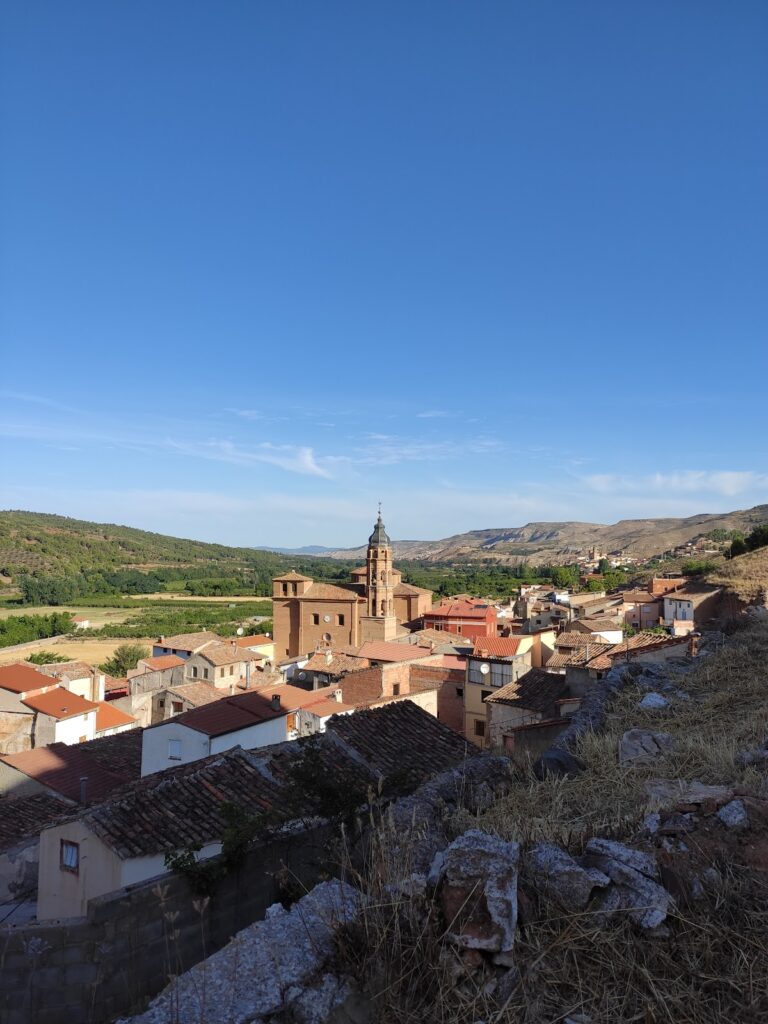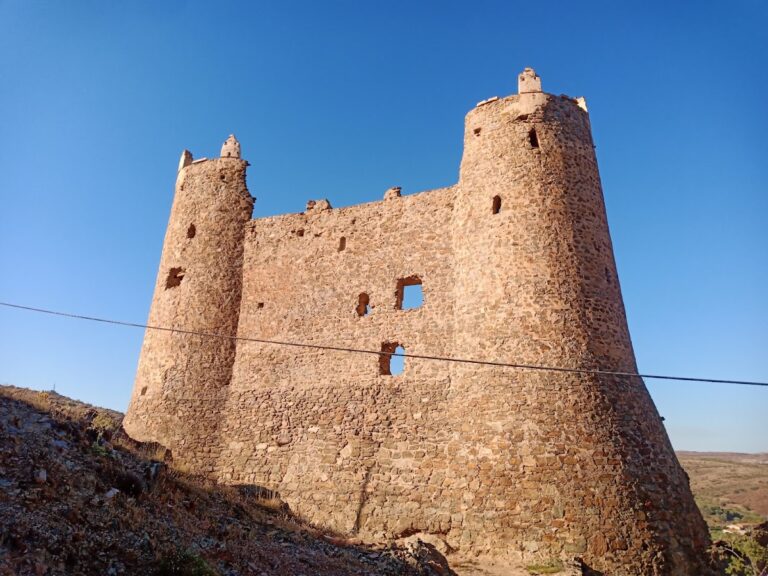Clock Castle of Calatayud: A Historic Fortress in Spain
Visitor Information
Google Rating: 4.1
Popularity: Very Low
Google Maps: View on Google Maps
Country: Spain
Civilization: Unclassified
Remains: Military
History
The Clock Castle, known locally as Castillo del Reloj, stands in the municipality of Calatayud, Spain, and originates as a Muslim fortress established during the 11th century. Its foundations reflect the Islamic period when the city of Calatayud itself was founded in 716 by Ayyub ben Habib al Lajmi. Initially, the urban center was organized around the nearby Doña Martina Castle, marking the early phases of fortified settlement in the area.
In the middle of the 9th century, specifically in 862, Calatayud’s defenses underwent significant expansion under the directive of Muhammad I, who appointed Abderramán ben Abdelaziz el Tuyibí to strengthen fortifications against the nearby Banu Qasi rulers based in Zaragoza. During the Emirate of Córdoba, Calatayud served as a strategic district capital within the Marca Superior, a frontier region governed from Zaragoza. This phase underlines the importance of Calatayud as a military and administrative center within Muslim Spain.
The city’s fortunes shifted in 937 when Abderramán III restored caliphal control over Calatayud by capturing it from the rebellious Tuyibí family in Zaragoza. After the decline of the caliphate in the early 11th century, Calatayud became one of the key cities within the Taifa of Zaragoza. It thrived economically and culturally, highlighted by a period around 1050 when the city briefly asserted independence under Muhammad ben Hud and began minting its own currency.
The Almoravids, a North African dynasty, took control of Calatayud in 1110. Their rule was relatively short-lived, as Alfonso I of Aragón seized the city in 1120 following the decisive Battle of Cutanda, marking the start of Christian dominion. This conquest introduced new political and social dynamics that reshaped Calatayud’s standing in the region.
Moving forward several centuries, early 17th-century descriptions by João Baptista Lavanha referred to the fortress as a palace, reflecting a shift in use or perception. Additionally, Pascual Madoz’s 19th-century geographical dictionary noted that the castle remained well preserved at that time despite changing military strategies. Some military refurbishments were undertaken in 1876, but eventually, the Clock Castle was abandoned and ceased to function as an active stronghold. Throughout its long history, the castle’s prominence has been deeply connected to the region’s complex interplay of Muslim and Christian powers.
Remains
The surviving structure of the Clock Castle is primarily a rectangular mass constructed with rammed earth, a technique known as tapial, which dates back mainly to the 14th century. This technique involved compacting layers of earth mixed with other materials into wooden molds, forming sturdy walls. The entire length stretches approximately 80 meters and sits directly atop the natural rock foundation, giving it a solid and imposing footprint.
Part of the castle’s walls descends from the nearby Ayyub Castle, indicating a strategic connection between these two fortifications. The Clock Castle is positioned at a lower elevation to the south of the Ayyub Castle, and together they form a defensive circuit that encloses a cluster of five castles surrounding the upper city of Calatayud. This network of fortifications illustrates the integrated nature of the city’s medieval defenses.
Inside the castle enclosure, there exist circular underground chambers carved directly into the bedrock. These subterranean spaces likely served specific functions related to storage, shelter, or military operations, though their precise original use remains tied to the fortress’ historic defensive role.
One of the castle’s most distinctive historical features is found at its summit, where two pillars resembling bell towers stand. Suspended between these towers hangs a large bell, a gift from King Pedro IV in 1366 as a tribute to Calatayud’s bravery during the War of the Two Peters, a 14th-century conflict involving Aragón and Castile. The bell seen today is a recast version of the original and has earned the nickname “Reloj Tonto,” which means “Foolish Clock,” lending its name to the entire castle. Notably, the original bell tower that once accompanied this bell was documented in the 19th century by Pascual Madoz but no longer remains.
Within the bounds of the castle, numerous medieval artillery cannonballs have been discovered and preserved, providing tangible evidence of the site’s martial history and the evolution of warfare techniques during the periods of its active use. These artifacts serve as reminders of the castle’s role in regional conflicts over the centuries.







